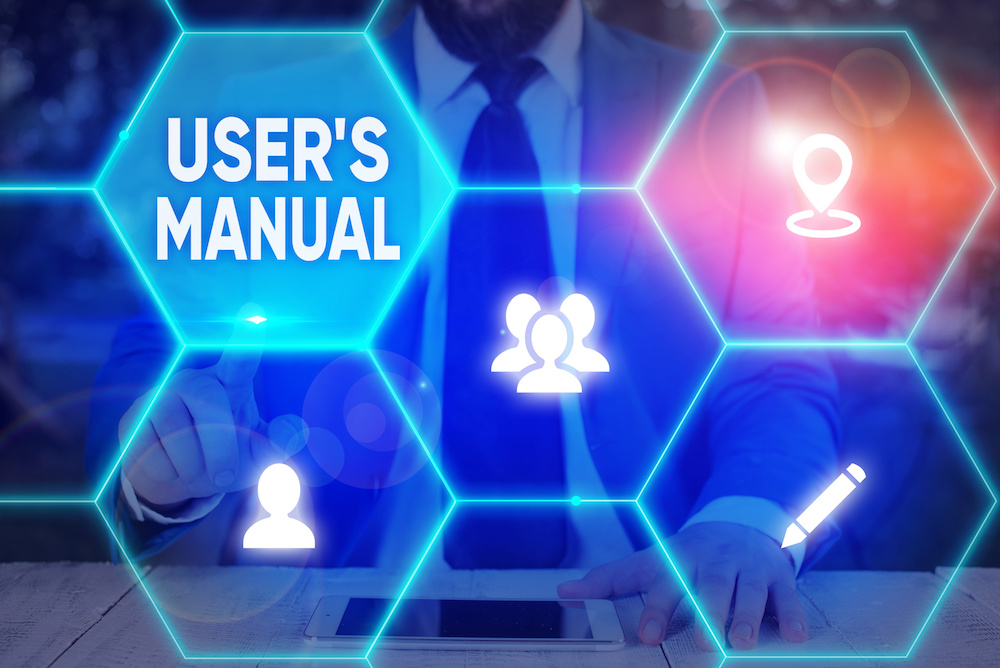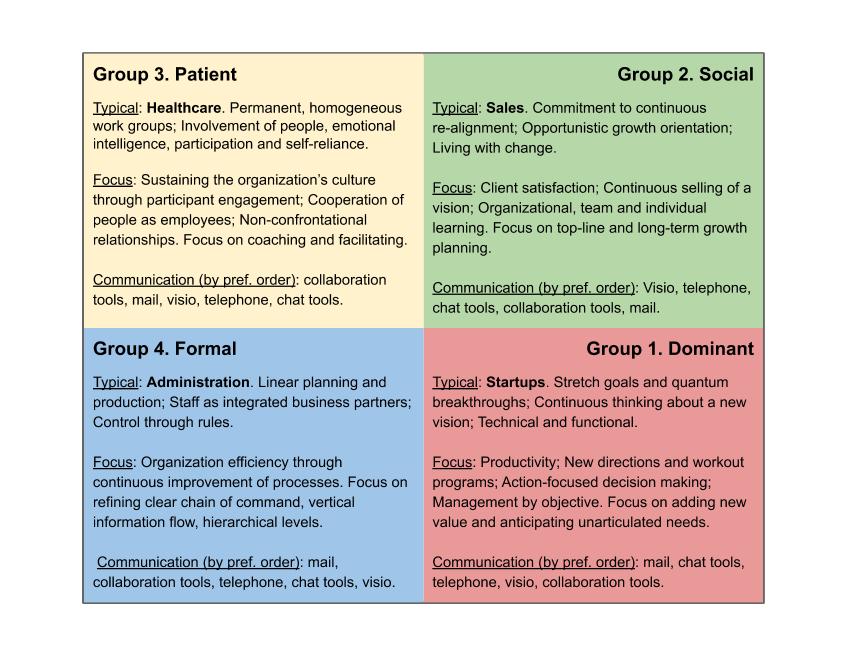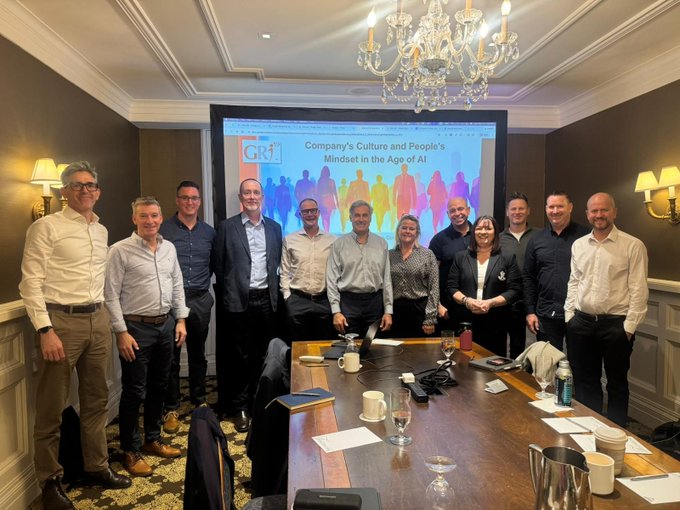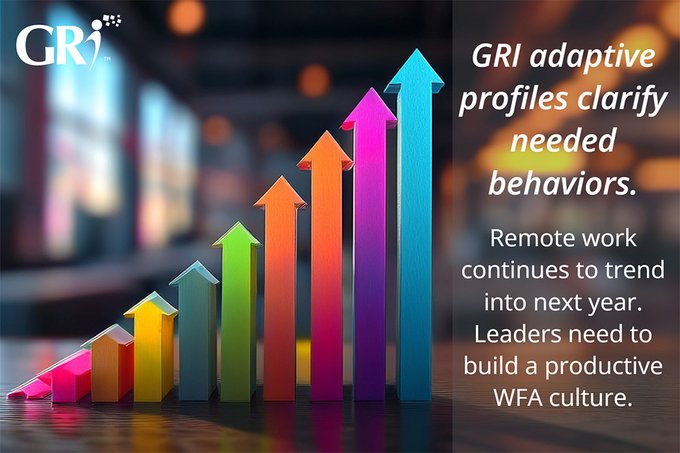Remote Management in a Crisis, Beyond Intuition
Posted by Frederic Lucas-Conwell, Gérard Arnaud, Nicole Phelon

Remote Management in a Crisis, Beyond Intuition
And then came the 2020 pandemic...
“Shelter-in-place” orders... Employees mandated to work from home with little warning... “social distancing” to keep ourselves and others safe and healthy...
And thus the WFH evolution was born...
Many more people, employees and managers alike, are now discovering what some have practiced for years working from home: the fine art of interacting with the rest of the world through a screen and keyboard.
Joanne, CEO of a pharmaceutical company with three hundred employees, was used to her daily interactions with her team, all working in the same office building. When social distancing and office closures were ordered, her management techniques had to shift. Shake hands with everyone when you arrive at the office? Nope! Have a conflict situation between people? No fights in person anymore, now it’s in writing! Want to reach someone on the spot? Can’t walk over to their desk and chat! Do teammates deliver their best work? How can she know?
How do people perform when working remotely? How can Joanne, and the rest of us, help a team work together effectively when they are scattered in different locations and with varying distractions?
At Growth Resources we’ve worked with teams of all sizes in various industries, often spread across the country or around the world. Based on our experience with the GRI (Growth Resources Indicators), we present below the actions to engage at three levels: individual, managerial and team, that can get you through the coronavirus crisis and make you stronger than before at working remotely.
Individual Action: Everybody badly needs a Personal User Manual
Working from home, everyone is on their own even more so than before, needing to manage time and priorities and to make decisions with autonomy, while dealing with many personal matters that are now physically present in their “work” environment.
How do you remain agile, efficient, and engaged when you work remotely? You need to figure out how specifically for yourself.
How much interaction do you need? How many balls can you juggle at the same time? How spontaneous are you at interacting with others? How granular do you need to be before making a decision? How quickly do you react to unexpected events?
Knowing how you uniquely answer those questions, handle your daily routines, and continue to ramp up your skills, all this matters even more when you’re on your own. Working remotely, the agenda, the voices and guidelines that came from your organization are now distant. Your personal voice is the one that you listen to most of the time.
In times that add physical distance between us all, knowledge of people and about personality matters even more. The concept of a Personal User Manual, personal manual or in short manual, is even more necessary when working remotely. With the GRI we have our way of looking at the personal manual with personality at its core and a different take on assessing and deploying it, informed by most recent research and practice. We will refer to personality in this article with a *.
Your personal manual is your modus operandi, what best works for you and how you prefer to function. This is something we focus on at Growth Resources with the behavior profiles and an all encompassing picture of your talents: your “talent patchwork”. Take time to identify what belongs in your personal user manual and what motivates you. Work on the things that keep you aligned with your strengths. Learn how to adapt to situations that are not your forte.
When you’ve clarified your manual, share it with your colleagues, boss, and direct reports and have a conversation about it. What you know, others probably don’t. If you are an individual contributor, your manager doesn’t. If you are an executive, your board or CEO doesn’t either. Being understood and having people interact with you in a way that allows you to be at your best, is workplace gold.
If your personal manual or GRI profile have been done at your company's initiative, get back to them and take notes about your strengths, motivation, communication, and other aspects of your personality that matter the most today.
Test your personal manual with your family and friends first; become confident in your ability to value how different and unique you are, away from stereotypes and other biases. Learn how to speak about your manual, and then discuss it with others at work.
Management: Teammates’ and Jobs’ Manuals Desperately Needed
For Joanne, changing her daily routine from the office to home blocked her energy and effectiveness, with the sudden absence of immediate interaction with other executives, employees, and clients. Preparations for the spring sales kickoff were compromised.
However, with everyone’s personal user manual, especially her own, her company was able to get organized and pivot to cope with the situation at hand, and they were able to interact and distribute tasks more effectively while working at a distance.
Knowing your own manual as a manager is necessary when you remotely manage and lead a team or company. The manual is beneficial regardless of your position in the org chart.
What’s the distance that separates your operating manual from the one of your teammates? How do they work with your style? What would it take to flex their behaviors? Knowing your manual is the prerequisite for answering those questions. The personality* component is key.
How hard is it to read people over the internet, understand what’s going on, know how they perform? We have known this for years from interviewing candidates remotely. We know as well from studying all kinds of traits that can influence performance, including physical traits and facial expressions. As managers and leaders you are subject to biases, leading to inaccurate and false assumptions that can be corrected when you can refer to everyone’s manual.
When there are fewer and more distant contacts, your intuition about people is more loosely informed. Interaction via the screen makes it more challenging to grasp nuances that only in-person contact may reveal. It’s already hard enough to know your own personal manual. It’s even harder to know others’ preferences and personality* and not be misled in your attitudes and decisions. Which is why having everyone’s user manual is even more important when working remotely, so that you can create trust and perform successfully as a team.
Joanne’s company also had the expectation in every job clearly defined to assist the managers for their performance reviews and their recruitments. Although looking at jobs rather than people is more abstract, it’s nevertheless needed before looking at the actions to be undertaken by their occupants.
Communication, EQ and social skills have always matter with people management. It takes time to learn strategies and tactics along the way. But managing remotely is the chance to speed up and refine this process by putting in practice your own user manual, the one of your team members, and by paying close attention to what’s needed in each position.
When work becomes remote, new roles and responsibilities may need to be implemented. Actualizing jobs’ content and their operating manual may be necessary. Make the adjustments and communicate about them according to everyone’s personal manual.
Team: Never Too Late to Build Your Agreement
If you don’t already have a team agreement, going remote is a great time to craft one. If you do, you may need to make amendments based on the new paradigm. What’s the goal for the team? How will everyone rally behind the vision and mission when there’s no one physically there to remind them?
For Joanne and her company, the crisis that was created by lockdown forced them to reconsider their quarterly projections, reinvent client outreach and support, and collect payments differently at high speed. How could everyone be involved with the new procedures? There again, everyone’s personal user manual makes this shift smoother.
In a time of crisis, the team agreement needs to evolve and be renewed at a fast pace. How will the change be handled, communicated, agreed to, processed? Everyone’s personal manual is part of the answer. How the discussions happen between stakeholders, how strategic decisions are made and how the new goals are set will also be informed by every single personal user manual and their personality*.
When connections between team members are more distant and loose, it is more challenging to bring everyone in line with a common goal. It requires a more intense communication that aligns with every individual’s personal manual.
Overall, the critical actions and communication tools to be used by remote managers depend on the type of team and company. The grid below highlights four groups that we make use of with the GRI at an organizational level.
See where your team or company stands. Then focus your actions on what works best for it. Use the appropriate communication tools, then adapt to every direct report. The more different they are, the more adaptation they need.

When applying the grid to your organization, remember that companies are composed of very different teams, and teams of very different people beyond what your eyes and theirs can see. Even if your business falls primarily into one quadrant, you may need to apply strategies from the other quadrants for certain departments or teams.
Again, everyone’s personal manual is unique. Every team is unique as is your company.
As for Joanne and her company, having a broad understanding of how people get involved to find solutions and execute swiftly helped their organization as a whole to cope with challenging times more effectively.
Opportunities Ahead
When we get through this, we will have learned from the coronavirus crisis about how politics and science work together, how a nation ramps up to prevent and manage an invisible disease. We will consider how we can better stop new pandemics. We will be prepared to more effectively make decisions, communicate about and influence outcomes.
There are a few lessons from recruiting and managing remotely and making use of technology that will dramatically affect our organizations from now on. We saw these changes coming, but the coronavirus crisis is accelerating the timeline and forcing us to adapt how we work.
Many organizations will freeze while others will start and grow. The actual crisis and remote management forces us to look at ourselves, others, and our organizations with new eyes so that we can be better informed and effective. That’s the opportunity ahead of us.
*As we assess personality and deploy it with the GRI. Personality has been studied for centuries. Only recently with the progress in social science from the 1900s has it been intensely researched. We now know about core universal dimensions of personality, our limitations to adapt and the needs of organizations. How do people get motivated? How do managers play a central role in building the performance of their organization? The GRI was started in 2012—based on this abundance of modern personality research and decades of practice—to provide new and effective answers to these questions.
Personal User Manual: See the article here in the New York Times and templates here on Google. We cannot stress enough paying attention to the core of your personality* that’s related to work.
Latest Articles
Groupama Successful Transformation in Romania: The GRI, Catalyst for Profound Change
The history of Groupama in Romania is an eloquent testament to resilience, strategic vision, and the transformative impact of innovative management tools. Arriving at the...
Hybrid Work: A Management Revolution
The COVID-19 pandemic has acted as an unprecedented catalyst, radically transforming our approach to work. What was once a marginal practice has become the norm for many...
Leadership 3.0: Objective Insights for People-Centric Leaders
Steve, a brilliant entrepreneur, poured his heart into his work. His team at "Innovatech" was on the brink of a major breakthrough, a new app that promised to revolutionize...



